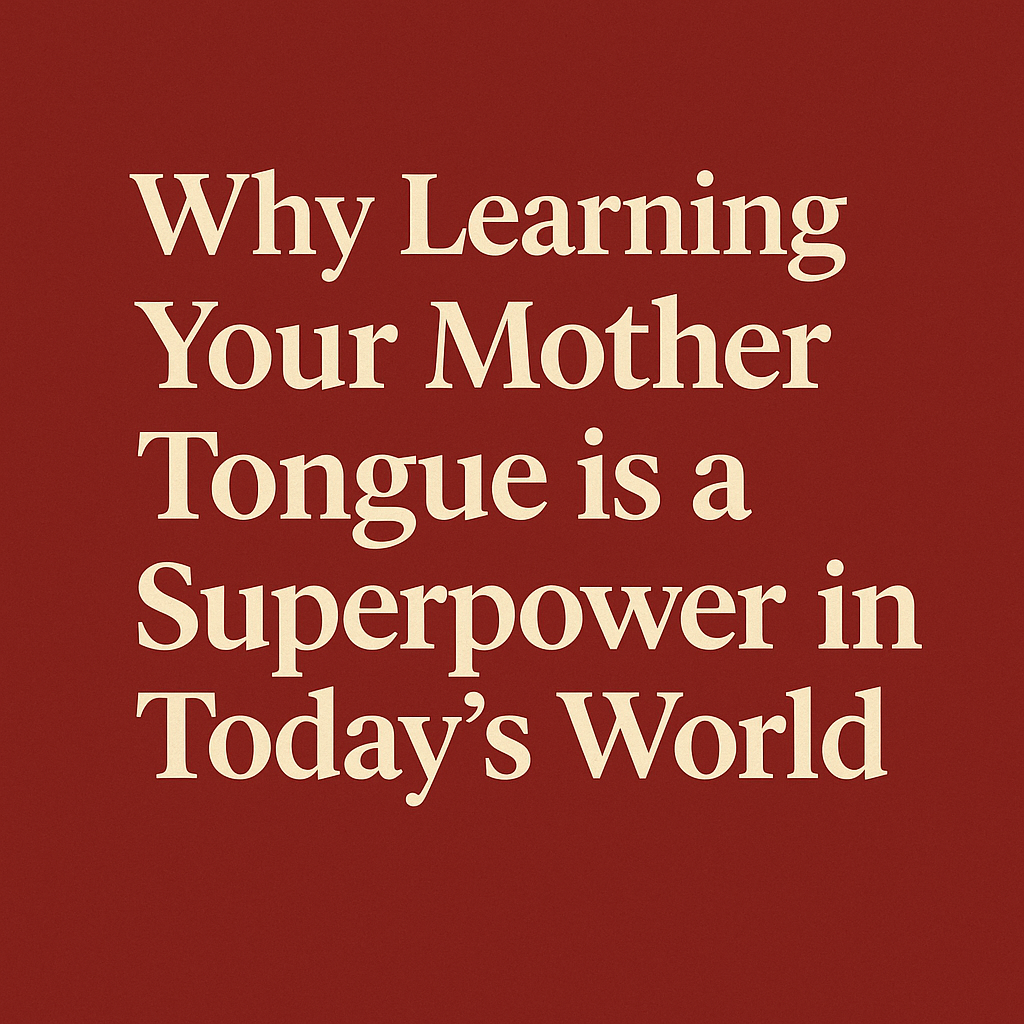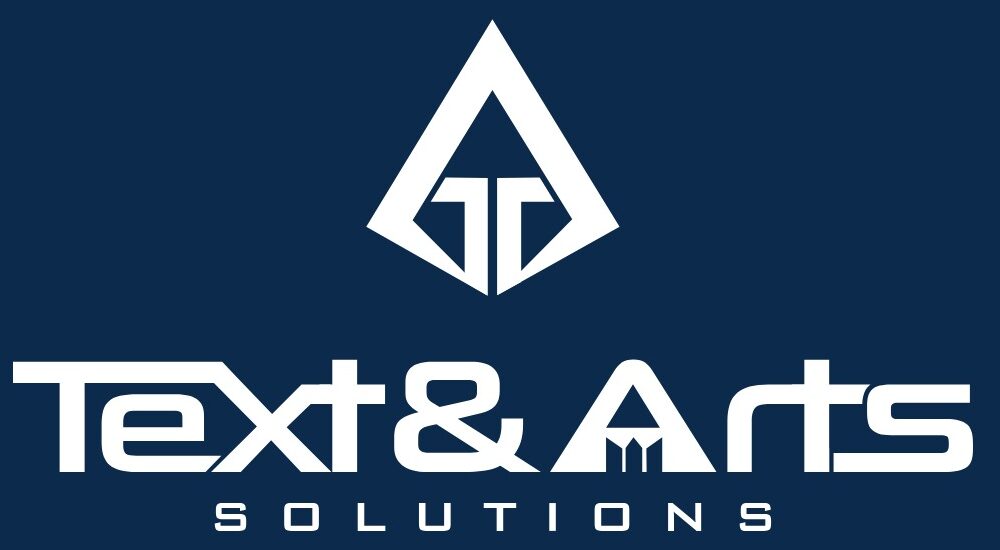Imagine trying to build a skyscraper without laying a foundation. Sounds absurd, right? Yet millions of Indian children today are doing exactly that with their linguistic development. They’re rushing toward English fluency while their mother tongues—Bhojpuri, Maithili, Awadhi, Santhali, Konkani—slowly fade into family whispers and eventually, complete silence.
Here’s what we’re losing: the most powerful language learning tool humans possess.
The Great Indian Language Disconnect
Walk into any urban Indian household today and you’ll witness a peculiar linguistic theater. Children stumble through English homework while parents struggle to help them, switching between their native tongue and broken English. Schools demand English proficiency, smartphones default to English interfaces, yet the very people meant to guide these children—their parents—often lack the fluency to support them properly.
The result? A generation caught between languages, mastering neither completely.
This isn’t just about losing cultural heritage, though that’s devastating enough. We’re actually sabotaging our children’s cognitive potential and their ability to learn any language effectively. The irony is profound: in our rush to embrace globalization, we’re discarding the very tool that would make our children truly global.
The Bhojpuri Breakthrough: A Personal Journey
Despite being born in Uttar Pradesh, Hindi was never my mother tongue. At home, conversations flowed in Bhojpuri, while school in Bahraich surrounded me with Awadhi-speaking friends. I studied Hindi for four hours daily, mastering literary vocabulary and complex essays, yet couldn’t speak it fluently. I had all the sophisticated words but lacked conversational rhythm.
This changed during my MA at BHU when daily phone conversations with my girlfriend became my Hindi laboratory. Suddenly, years of academic study transformed into fluid, natural speech. But the real revelation came earlier—learning Marathi as our third language felt surprisingly natural because many words shared pronunciations with Bhojpuri. During a student migration program to Nashik, this connection deepened as I lived among Marathi speakers.
The linguistic superstructure became evident during my Nepal visit last year. Walking through Kathmandu, I recognized countless words that echoed both Bhojpuri and Marathi. My brain had internalized Indo-Aryan patterns so deeply that Bengali, Haryanvi, Maithili, and Chhattisgarhi all became accessible without formal study. Bhojpuri had become my linguistic GPS, making every related language feel familiar.
The Science Behind the Foundation
Linguists call this phenomenon “positive transfer”—when knowledge from your first language accelerates learning in subsequent languages. But it goes deeper than simple vocabulary overlap. When you truly master your mother tongue, you develop what researchers term “metalinguistic awareness”—an intuitive understanding of how languages work.
You learn that words can have multiple meanings, that context shapes interpretation, that grammar is flexible yet structured. You develop cognitive flexibility, pattern recognition skills, and the ability to think abstractly about communication itself. These aren’t just language skills; they’re cognitive superpowers that benefit every aspect of learning.
Children who maintain strong mother tongue proficiency while learning additional languages consistently outperform those who abandon their first language. They’re not just better at languages—they’re better thinkers, more creative problem-solvers, and more culturally adaptable.
The Critical Window is Closing
Here’s the urgency that many parents don’t grasp: there’s a biological window for native-like language acquisition, roughly from birth to age seven. During this period, children’s brains are primed to absorb languages effortlessly, developing the neural pathways that will support all future language learning.
Miss this window for your mother tongue, and it’s likely gone forever. Adult language learning, while possible, requires enormous effort and rarely achieves the intuitive fluency that comes naturally in childhood. More critically, without that deep linguistic foundation, every subsequent language becomes harder to learn.
We’re witnessing entire linguistic lineages ending—grandparents who speak beautiful Maithili, parents who understand but struggle to speak it, and children who recognize only a few words. In just three generations, thousands of years of cultural and linguistic evolution can simply vanish.
The Multilingual Advantage
The most successful polyglots aren’t those who abandon their first language for English or Hindi. They’re individuals who built strong foundations in their mother tongue and then expanded outward. Each new language becomes easier because they’ve developed the cognitive architecture for linguistic learning.
Consider the languages you mentioned—Hindi, Maithili, Bhojpuri, Awadhi, Santhali, Konkani, Marathi, Chhattisgarhi. These aren’t competing with each other or with English. They’re complementary tools, each offering unique ways of understanding and expressing the world. A child who masters Bhojpuri will find Maithili accessible, Hindi natural, and even English more manageable because they understand how languages function.
The Path Forward
The solution isn’t to reject English or Hindi—global languages are undeniably important. The answer is to embrace true multilingualism, starting with a strong mother tongue foundation.
Parents must resist the pressure to speak broken English at home. Instead, speak your native language beautifully, richly, with all its idioms and expressions. Let your children absorb the full complexity and beauty of their linguistic heritage. They can learn English at school, but they can only learn their mother tongue from you.
Schools should recognize that children with strong mother tongue foundations actually learn English better and faster. Instead of seeing regional languages as obstacles, they should view them as assets.
Technology companies should create more interfaces in regional languages, making digital literacy accessible without forcing language abandonment.
The Ultimate Irony
In our globalized world, multilingualism is increasingly valuable. Companies seek employees who can navigate different cultural contexts, think flexibly, and communicate across diverse communities. The very skills that come naturally to those with strong mother tongue foundations are becoming premium professional assets.
We’re teaching our children to abandon the one thing that would make them truly global citizens: the deep, intuitive understanding of how human communication works that only comes from mastering your first language completely.
Your mother tongue isn’t a relic of the past—it’s your ticket to linguistic mastery. It’s time we started treating it that way.


